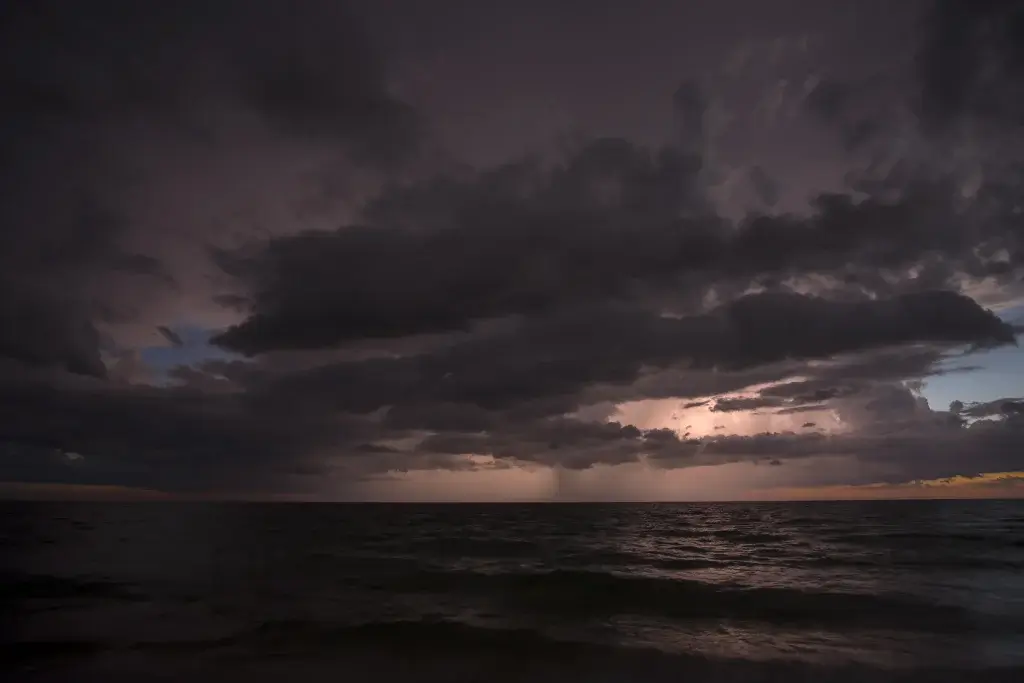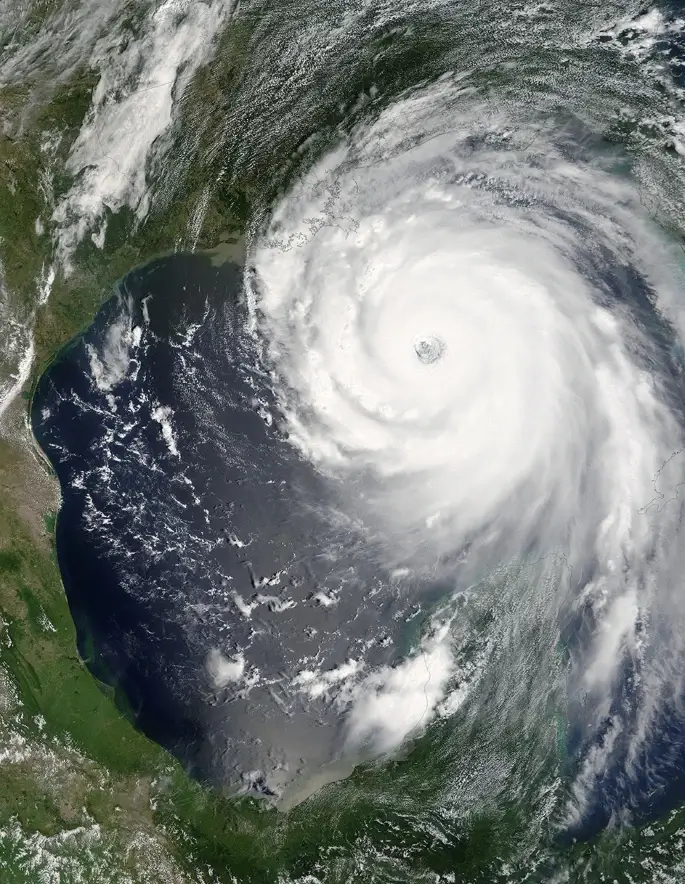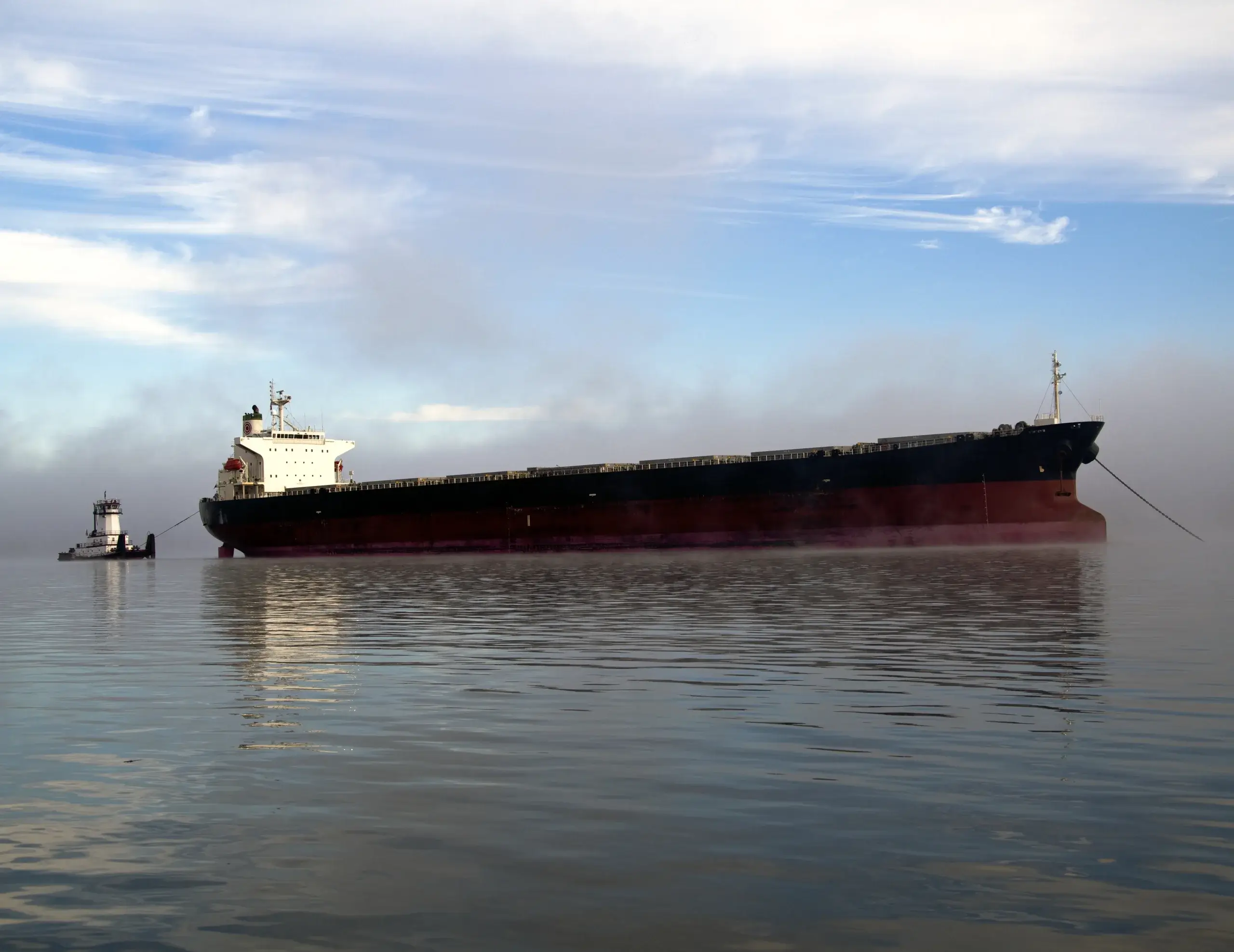The 19th century was a transformative era for maritime trade and exploration, and the Gulf was no exception. Sailors navigating its waters were an integral part of a booming network of trade routes connecting the Americas, Europe, and the Caribbean. Life aboard a vessel in the Gulf was demanding, characterized by long hours, rigorous physical labor, and the ever-present danger of storms, disease, and piracy. This blog explores what a typical day might have been like for sailors braving the Gulf’s challenging waters during the 19th century.

Morning: Rising with the Sun
Life aboard a ship began early. Sailors were often roused before dawn, typically by the boatswain’s whistle. Sleeping quarters were cramped and dark, with hammocks packed tightly together in the ship’s hold. The crew shared limited space, and privacy was a luxury few could afford.
Once awake, sailors attended to their first duties of the day. These often included scrubbing the decks with holystone (so called because the stone was about the size of a Bible)—a backbreaking task aimed at keeping the ship clean and reducing the risk of disease. Hygiene was a constant concern, as unsanitary conditions could quickly lead to outbreaks of illnesses like dysentery or scurvy.
Breakfast: Simple Sustenance
Breakfast aboard a 19th-century vessel was simple and functional. The typical fare consisted of hardtack (a type of dry, durable biscuit), salted meat or fish, and perhaps some porridge if grains were available. Coffee or tea, brewed from meager supplies, provided much-needed energy. Fresh food was a rarity, as voyages often lasted weeks or months, making preservation essential.
Morning Watch: Setting the Course
After breakfast, the crew settled into the first “watch” of the day. The watch system divided the day into shifts, ensuring that the ship was constantly manned and operational. Duties during the morning watch varied depending on the sailor’s role:
- Helmsmen steered the ship, maintaining the course set by the captain or navigator.
- Lookouts stationed in the crow’s nest scanned the horizon for land, hazards, or other ships.
- Deckhands performed maintenance tasks such as repairing sails, tightening rigging, and tending to the cargo.
The Gulf’s waters were notorious for their unpredictability, and sailors had to be vigilant to navigate the region’s sandbars, reefs, and shoals. Charts and compasses were essential tools, though many relied on their intimate knowledge of the Gulf’s landmarks and currents.

Midday: Heat and Hardship
By midday, the Gulf’s sun was often relentless. Temperatures could soar, and the lack of shade on deck made work grueling. To combat dehydration, sailors drank rationed water or grog, a mix of water and rum. While alcohol helped stave off monotony, it was also a potential source of conflict or accidents if consumed excessively.
The captain or officer in charge might call for a midday meal, sometimes referred to as “dinner” in maritime terms. Similar to breakfast, this meal was utilitarian, often consisting of salted pork or beef, dried peas, and ship’s biscuit. Occasionally, the cook might prepare a stew or soup using limited ingredients to add variety.
Afternoon Watch: Toil and Teamwork
The afternoon watch was a continuation of the day’s labor. Maintenance was a constant priority, as the harsh saltwater and Gulf humidity could quickly corrode metal fixtures and weaken wooden structures. Sailors also conducted regular inspections of the cargo hold, ensuring goods remained secure and undamaged.
If the ship was a fishing vessel, afternoons were often dedicated to catching and processing seafood. This activity provided a rare source of fresh sustenance and was especially common in smaller Gulf Coast communities reliant on local fisheries.
Leisure and Camaraderie
Despite the demands of shipboard life, sailors occasionally found moments to relax and bond. These breaks were often spent mending clothing, carving scrimshaw (intricately etched designs on bone or ivory), or sharing stories and songs. Sea shanties, rhythmic work songs, played a crucial role in fostering teamwork and lifting spirits during arduous tasks.
For many sailors, camaraderie was a vital aspect of life at sea. The shared experience of braving the Gulf’s challenges forged strong bonds among the crew. However, tensions could also run high, particularly in the close confines of a ship where personal conflicts had little room for escape.

Evening: Preparing for Nightfall
As the sun dipped below the horizon, the crew shifted focus to preparing the ship for nighttime navigation. Lanterns were lit, and the lookout’s vigilance increased, as visibility diminished and hazards became harder to spot. The Gulf’s waters could be deceptively calm at sunset, lulling sailors into a false sense of security before a sudden squall or storm struck.
Dinner, the final meal of the day, was typically similar to the previous meals in its simplicity. Afterward, those not assigned to the night watch might take the opportunity to rest, write letters, or participate in games of chance, such as dice or cards.
The Night Watch: Braving the Unknown
The night watch was both a time of heightened responsibility and introspection. Navigating the Gulf’s dark waters required keen attention to the stars, wind, and waves. The risk of collision, grounding, or encounters with pirates was ever-present. Many Gulf Coast sailors carried weapons, such as cutlasses or flintlock pistols, for defense against threats.
Those on night watch often relied on the soothing rhythm of the ship and the camaraderie of fellow sailors to ward off fatigue and loneliness. The vast, star-studded sky above the Gulf served as a constant reminder of both the majesty and peril of their vocation.

Unique Challenges of the Gulf
Life for sailors in the Gulf came with distinct challenges:
- Hurricanes: The Gulf’s hurricane season posed a constant threat to 19th-century ships, which lacked the advanced forecasting systems of today. Crews relied on their instincts and knowledge of weather patterns to avoid these devastating storms.
- Piracy: The Gulf was a hotspot for pirates like Jean Lafitte, who preyed on merchant vessels. Sailors had to be prepared for sudden attacks and the potential loss of cargo or even their lives.
- Disease: The warm, humid climate of the Gulf was a breeding ground for illnesses like yellow fever and malaria. Outbreaks could decimate a crew and jeopardize entire voyages.
- Navigational Hazards: The Gulf’s shifting sandbars, coral reefs, and shallow waters posed significant risks. Even experienced sailors could find themselves stranded or wrecked.
Legacy and Impact
Despite its hardships, life as a 19th-century Gulf sailor contributed significantly to the economic and cultural development of the region. These sailors were the lifeblood of maritime trade, facilitating the exchange of goods and ideas that shaped Gulf Coast communities. Their resilience and resourcefulness in the face of adversity remain a testament to the human spirit’s capacity to adapt and endure.
Today, the stories of these sailors are preserved in museums, literature, and oral histories, offering a window into a bygone era. Their legacy is evident in the Gulf’s bustling ports, thriving fishing industries, and enduring maritime traditions.
Conclusion
A day in the life of a 19th-century Gulf sailor was one of relentless toil, camaraderie, and constant vigilance. These sailors played a crucial role in the region’s history, navigating the Gulf’s unpredictable waters and overcoming countless challenges to connect communities and sustain livelihoods. Though their lives were often marked by hardship, their contributions left an indelible mark on the cultural and economic fabric of the Gulf Coast, shaping the region’s identity for generations to come.

